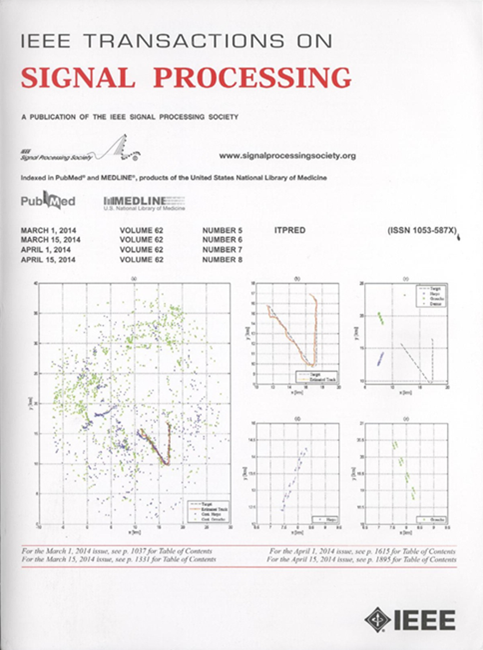A Universal Low-Dimensional Subspace Structure in Beamforming Design: Theory and Applications
IF 5.8
2区 工程技术
Q1 ENGINEERING, ELECTRICAL & ELECTRONIC
引用次数: 0
Abstract
Beamforming design plays a crucial role in multi-antenna systems, with numerous methods proposed to optimize key performance metrics such as spectral efficiency and power consumption. However, these methods often face two major challenges: high computational complexity and excessive communication overhead in distributed implementations. This paper addresses these challenges by analyzing a general beamforming optimization framework—referred to as the standard-form beamforming problem—which encompasses various beamforming design tasks. We prove that any positive stationary point of this problem exhibits a low-dimensional subspace (LDS) structure, enabling the development of low-complexity and communication-efficient beamforming algorithms. As an illustrative example, we leverage the LDS structure to propose a computationally efficient beamforming algorithm for weighted sum rate maximization in coordinated multi-cell systems, with provable convergence to stationary points. Furthermore, we decentralize the algorithm for distributed coordinated beamforming, ensuring low interaction costs independent of the number of base station antennas. Notably, the proposed LDS structure is broadly applicable to a wide range of beamforming problems, including integrated sensing and communication (ISAC), intelligent reflecting surfaces (IRS), and beyond. Extensive numerical simulations validate the effectiveness and versatility of our approach, particularly the general applicability of the LDS structure.波束形成设计中一种通用的低维子空间结构:理论与应用
波束形成设计在多天线系统中起着至关重要的作用,提出了许多方法来优化关键性能指标,如频谱效率和功耗。然而,这些方法通常面临两个主要挑战:高计算复杂性和分布式实现中过多的通信开销。本文通过分析一般波束形成优化框架(称为标准波束形成问题)来解决这些挑战,该框架包含各种波束形成设计任务。我们证明了该问题的任何正平稳点都表现出低维子空间(LDS)结构,从而可以开发低复杂度和通信高效的波束形成算法。作为一个示例,我们利用LDS结构提出了一种计算效率高的波束形成算法,用于协调多小区系统中的加权和速率最大化,具有可证明的收敛到平稳点。此外,我们分散了分布式协调波束形成算法,确保了与基站天线数量无关的低交互成本。值得注意的是,所提出的LDS结构广泛适用于各种波束形成问题,包括集成传感和通信(ISAC),智能反射面(IRS)等。大量的数值模拟验证了我们方法的有效性和通用性,特别是LDS结构的一般适用性。
本文章由计算机程序翻译,如有差异,请以英文原文为准。
求助全文
约1分钟内获得全文
求助全文
来源期刊

IEEE Transactions on Signal Processing
工程技术-工程:电子与电气
CiteScore
11.20
自引率
9.30%
发文量
310
审稿时长
3.0 months
期刊介绍:
The IEEE Transactions on Signal Processing covers novel theory, algorithms, performance analyses and applications of techniques for the processing, understanding, learning, retrieval, mining, and extraction of information from signals. The term “signal” includes, among others, audio, video, speech, image, communication, geophysical, sonar, radar, medical and musical signals. Examples of topics of interest include, but are not limited to, information processing and the theory and application of filtering, coding, transmitting, estimating, detecting, analyzing, recognizing, synthesizing, recording, and reproducing signals.
 求助内容:
求助内容: 应助结果提醒方式:
应助结果提醒方式:


